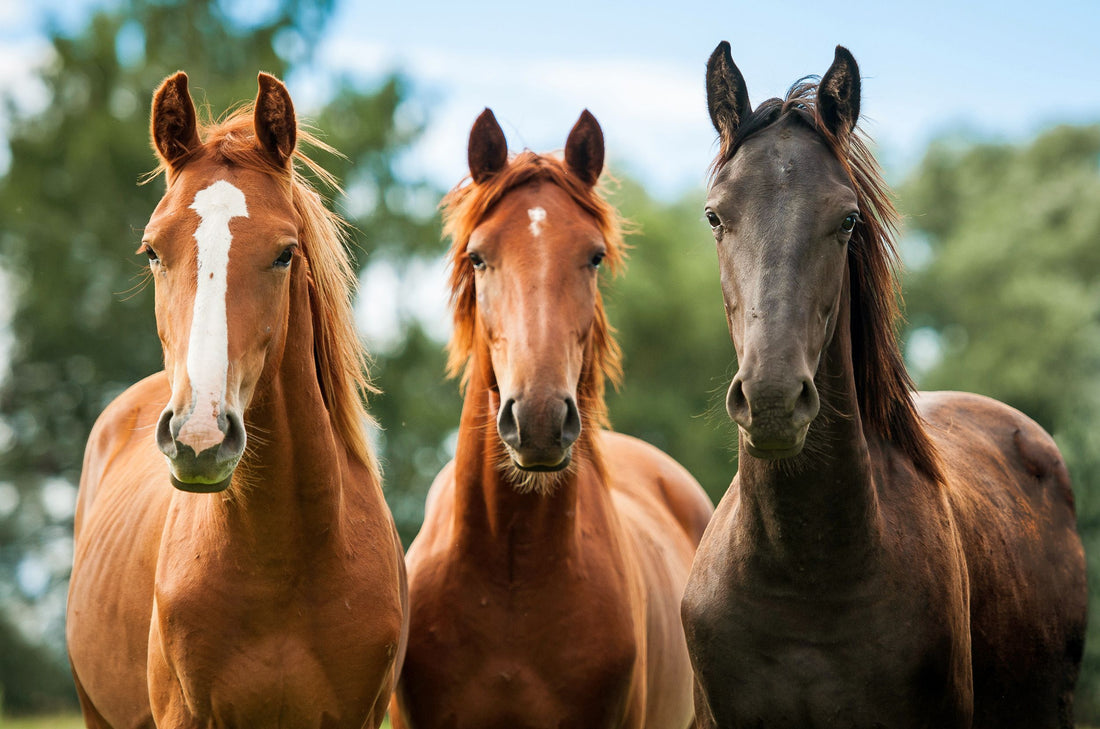
How the Transition from Summer to Autumn can Affect Your Horse
Share
The transition from summer to autumn can affect horses in many ways, depending on their breed, age, overall health, and management.
Here are some potential impacts:
- Change in temperature: As the weather cools, horses may need additional blankets or rugs to keep them warm, particularly those with clipped or thin coats. Horses not acclimatised to the cooler temperatures may also be more susceptible to illnesses such as respiratory infection
- Daylight savings: As daylight hours decrease, some horses may experience changes in their behaviour, such as lethargy or inactivity. This can be particularly noticeable in horses used to being turned out during daylight hours.
- Grazing: In some parts of New Zealand, autumn can lead to reduced availability of fresh grass due to seasonal changes. Horses used to grazing on pasture may need additional hay or feed to compensate for this
- Increased risk of laminitis: Autumn is a high-risk period for horses to develop laminitis, a painful and potentially life-threatening hoof condition. This is because cooler temperatures and changes in grazing patterns can disrupt the horse's metabolism and increase the risk of developing insulin resistance.
- Increased risk of respiratory infection: As it becomes cool and damp, the risk of developing respiratory issues such as coughs and colds can increase. Stabled horses may be more susceptible to these issues due to the confined space and reduced ventilation.
Overall, it's important to be aware of the potential impacts of the transition between seasons and to adjust your management practices to ensure your horse's optimal health and well-being. During this time, regular health checks and vet consultations can help to identify issues before they become more serious.
Some possible products to help with respiratory issues are Immune Booster Plus and the Free Mover Plus is a customer favourite for laminitis and inflammatory conditions.
